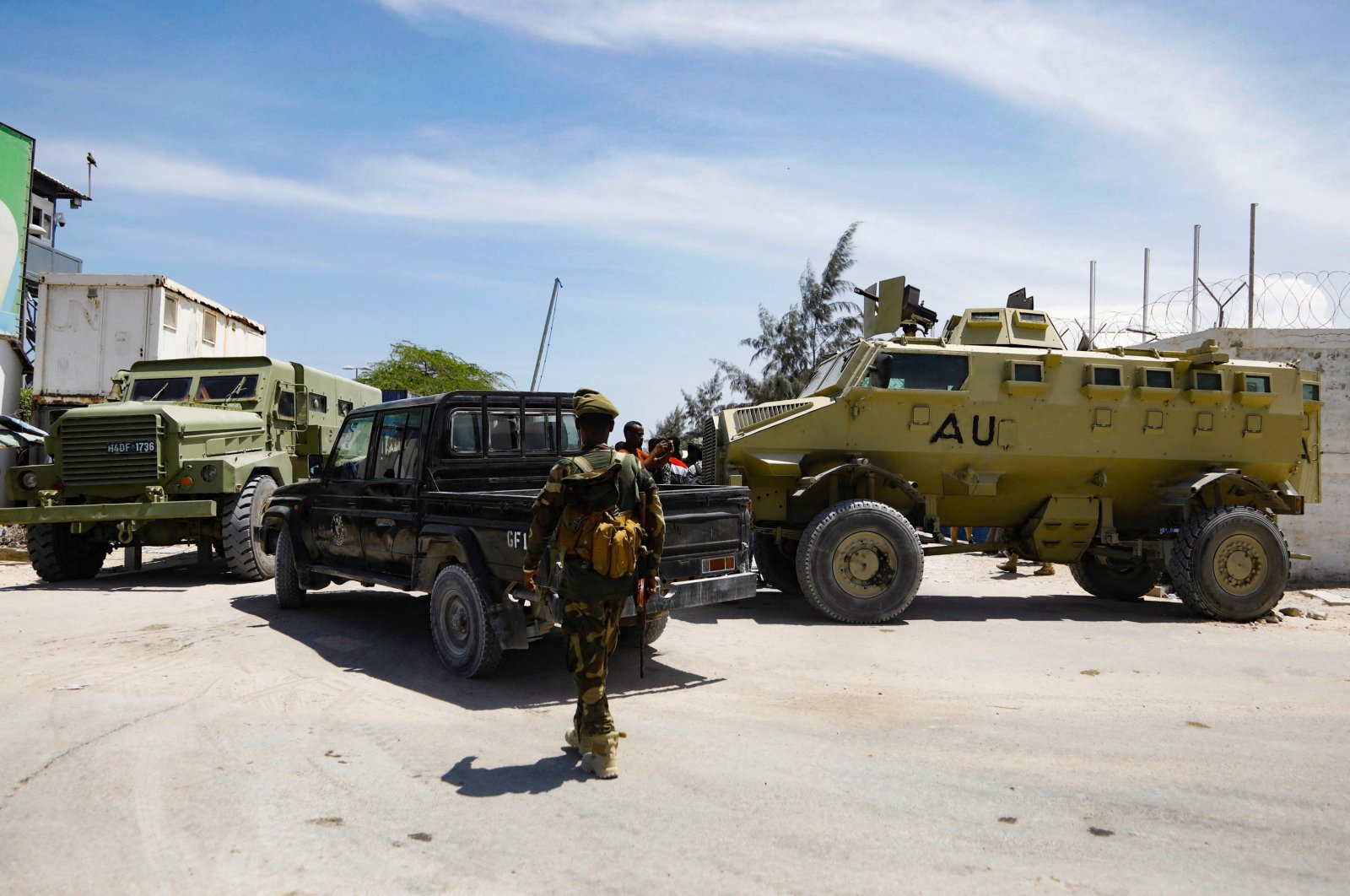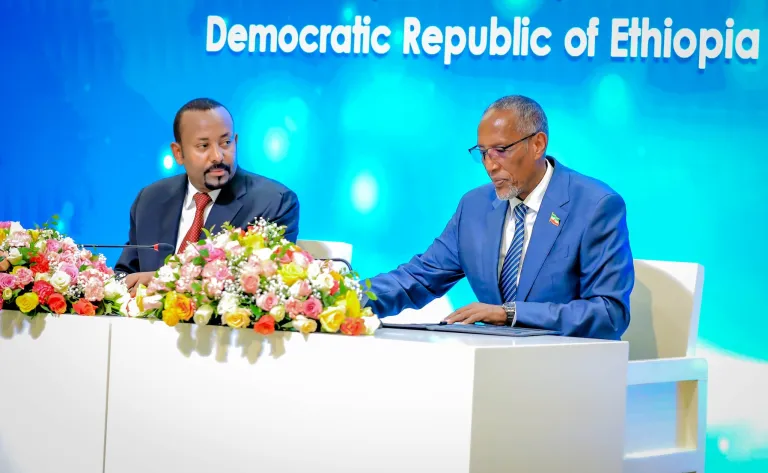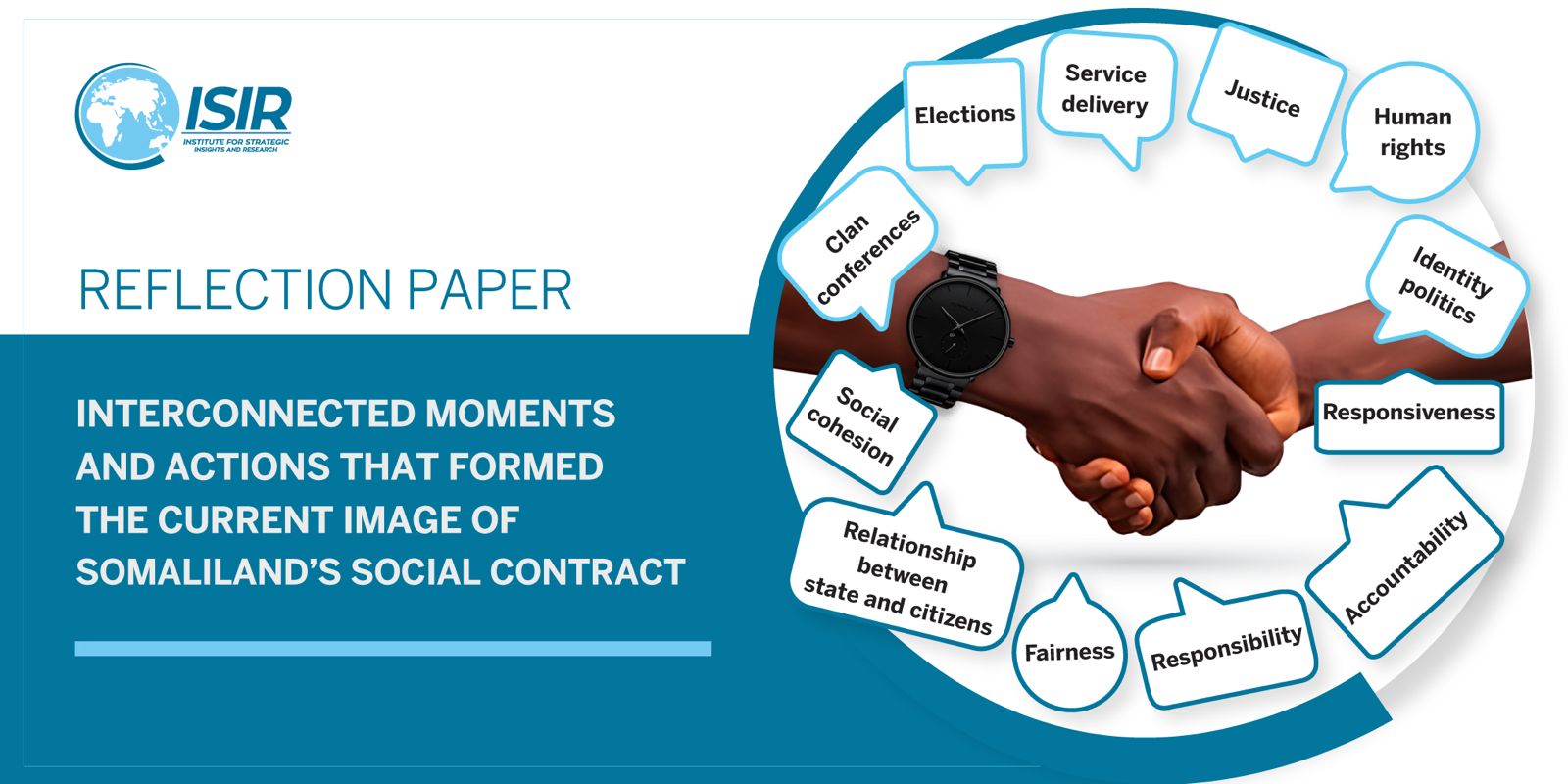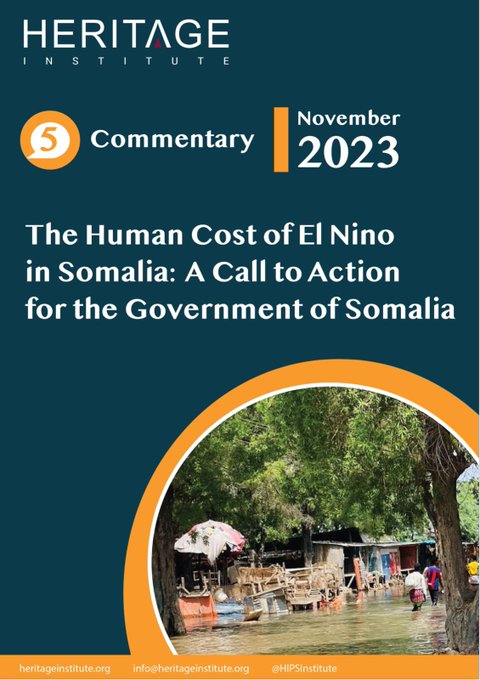By Mahdi Warsama
October 22, 2023
President Hassan Sheikh Mahmoud, both in actions and words, made liberating Al-Shabaab from the south and south-central Somalia a top priority of his government. The president is calling on Federal Member States (FMS) and all Somalis from all walks of life to join the effort. The President seems to be sincere and resolute in his desire to defeat and eradicate Al-Shabaab from Somalia and should be commended for his stance. Despite his laser-focused efforts however, the President is facing a daunting task to realize his goals due to flaws in his strategy.
Eradicating Al-Shabaab from Somalia is a worthy cause and absolute necessity for any Somali government. They are an existential threat to Somalia national security, its political stability, its civilian public safety, its social wellbeing, and its economy. The problem with President Mahamoud’s strategy is he is managing the symptoms not the problem. The singular focus of fighting Al-Shabaab will not solve Somalia’s security problems. In fact, clan wars and political violence are the next biggest security threat facing Somalia with or without Al-Shabaab presence. The Al-Shabaab threat is a symptom of the wider problem of ungoverned Somalia and its perpetual political instability. They just took advantage of the situation and filled the power vacuum that existed since December 1990. Hence, using 2017 London Conference Security Pact as a starting point, the president and his prime minister should convene a national security stakeholders conference to formulate and develop a comprehensive national security and stabilization strategy. The comprehensive national security and stabilization strategy needs to have at least the following four components: spoiler prevention plan, FMS troop contribution and regional forces nationalization plan, civilian disarmament plan, and national mobilization plan.
Spoiler Prevention Plan
In any national security strategy in Somalia, we must realize that there are spoilers. They are individuals or entities who directly or indirectly impede the Somali government effort to eradicate Al-Shabaab. They could be President Mahamud’s political opponents who are motivated by denying the president the possibility of political victory if he succeeds in defeating Al-Shabaab. They could be Al-Shabaab co-conspirators or sympathizers within the government. They could be greedy businessmen who profit from Al-Shabaab commerce and arms trading. The national security and stabilization strategy must stipulate how to legally and politically neutralize the threat these individuals pose to national security.
The spoilers could also be Somali entities who refuse to work with the federal government in defeating Al-Shabaab or create parallel conflicts, sideshows, and distractions for them, particularly Somaliland and Puntland. In the case of Somaliland, any attempt to reignite the conflict between Somaliland and SSC-Khaatumo will be a huge distraction for the federal government and detrimental to regional security and the efforts to liberate Al-Shabaab from the south. There are three worrisome signs that point to the possibility that Col Muse Bihi could resort to more violence in the future. The first is after the August 25, 2023, battle, Somaliland doesn’t have a professional army anymore. They have a collection of unruly and traumatized units from their pre-conflict regular army supplemented by recently mobilized tribal militias. This could lead to unintentional conflict and banditry between the two sides. The second worrisome sign is Col Bihi’s bellicose rhetoric and warmongering. He hasn’t abandoned his pre-August 25 stances of bringing SSC-Khaatumo territories under Somaliland control by force. The third worrisome sign is the lack of official ceasefire between the two sides. Hence, the federal government of Somalia and the international community must unequivocally tell both parties to adhere to a permanent ceasefire or there will be consequences.
The national security and stabilization conference should bring Puntland to the table. The absence of Puntland from national policy discussions is a problematic development and inadvertent distraction for the federal government. Although President Said Abdullahi Deni severed the relationship with the federal government, there is a more nuance to the political dispute between the two sides. Part of it is just personal and bad blood between Deni and President Mahmoud stemming from the 2022 Somalia presidential election. There are also genuine policy differences between the two parties, especially the FMS and the federal government power and resources sharing related constitutional issues. Furthermore, all successive leaders of Puntland seem to have an expansive view of FMS powers whilst the other FMS from the south and south-central don’t share that viewpoint. With that said, the current and future Puntland leaders need to realize that when it comes to national security issues, they should be at the table and participate in every security conference, contribute troops, and put all differences aside for the sake of their own security and the security of the whole Somalia. If they don’t, it could have a negative impact on national security policy pertaining to fighting Al-Shabaab.
FMS Troop Contribution & Regional Forces Nationalization Plan
The undeniable truth in Somalia is there are at least eight independent armies or organized security forces, instead of one unified army. The five existing FMS of Puntland, Galmudug, Hirshabeele, Southwest, and Jubaland have their own armies. Hiiraan State, SSC-Khaatumo, and Somaliland have their own armies or organized forces. The notion that Somalia needs to import troops from small countries such as Burundi and Djibouti when it has thousands of unutilized forces of its own is an utter mismanagement of national human resources. Moreover, regional states don’t need and shouldn’t have militaries. They only need effective police forces period.
Bringing the forces of the regional states under the command of the federal government requires a four-step process: Step one is to train enough police and daraawiish (national guard) forces for each regional state for their internal security. Step two is to sort out how many of these regional forces are physically and mentally fit and thereby can serve the national army. Step three is to figure out how many are already trained and ready to be deployed and how many are needing more training. Step four is to nationalize and recruit all the qualified soldiers of regional states and their military style equipment to the national army under one unified command.
Nationalizing regional militia forces will fulfil four national security and stabilization priorities: it will instantly increase the capacity of the national army to fight Al-Shabaab. It will improve the internal security of the country by removing undisciplined regional militias and their guns from cities and villages. It will improve the national unity and cohesion of the country by making the federal government preeminent power in charge of national security. It will make the national army more inclusive and create a broader representation for all clans.
Civilian Disarmament Plan
One of the unfortunate consequences of the Somali civil war and subsequent anarchy is almost all clans have military-grade heavy weapons. The prospect of leaving these weapons in the hands of clans for the long term is not only dangerous to the security of the country, but it will also make Somalia ungovernable. I am also mindful that this is not an easy task. Any government attempt to disarm clans will face many impediments including: the ongoing flow of arms sales to the country. The government cannot disarm clans when Somalia is an open market for arms sales. The other major impediment to disarming clans is the need for security guarantees for all clans after they disarm. Each Somali clan is adjacent to another equally armed Somali clan and will not surrender their weapons voluntarily without security guarantee by the government. The other impediment is knowing where these weapons are and who has them. This requires a robust intelligence collection, identifying and mapping every equipment’s whereabouts.
The federal government of Somalia must not abdicate its responsibility of carrying out the difficult task of disarming Somali clans since our nation’s security depends on it. The discussion should be when and how and not if. When it comes to how to disarm, several ideas have been floated over the years. One of them is the issue of concurrency or disarming at the same time so no clan feels they are disadvantaged. The other regularly floated idea is first nationalizing the weapons while they are still in the hands of the clans at the local regional state level and then gradually assimilating them to the national army. Another idea is to have a buyout plan, where the government buys all weapons from the clans. This idea can only materialize if the government has enough budget to do so and is first able to stop the flow of new weapons to the country.
National Mobilization Plan
No national security strategy can succeed without broad participation and buy in from the Somali public. The Al-Shabaab threat has a physical security aspect, social aspect, and religious aspect. The government’s ability and resources to mitigate all these aspects and inherent dangers is limited. Therefore, we need wider societal participation to neutralize the threat. Religious institutions, civic organizations, educational institutions, business community, and media must be part of the solution. The national security conference should develop a national mobilization plan against Al-Shabaab outlining how each sector of the society can do their fair share.
Conclusion
President Hassan Sheikh Mahamoud and his cabinet deserve our admiration and support in their pursuit of liberating southern Somalia from Al-Shabaab. If nothing else, bringing the issue to the forefront and making it a priority of his government is a noble cause in and of itself. However, the president needs to realize that Al-Shabaab is a symptom of a wider problem of instability in Somalia. Eradicating Al-Shabaab policy will only work if it is part of a comprehensive national security and stabilization plan for the whole country. Hence, I am recommending for the president and his prime minister to convene a national security and stabilization stakeholders conference in Somalia. The conference should develop a comprehensive national security and stabilization strategy and consider all the security problems and instability challenges facing the country including, spoiler prevention plan, FMS troop contribution and regional forces nationalization plan, civilian disarmament plan, and national mobilization plan.
Mahdi Warsama can be reached at mwarsama0@gmail.com.
Categories: Opinion













